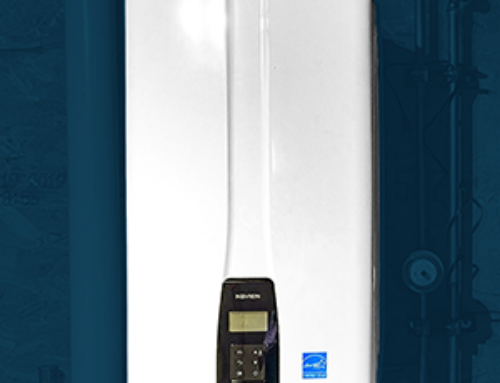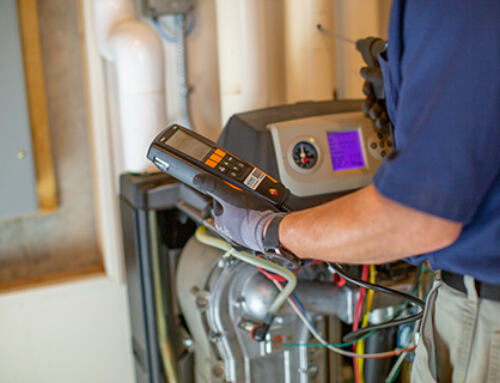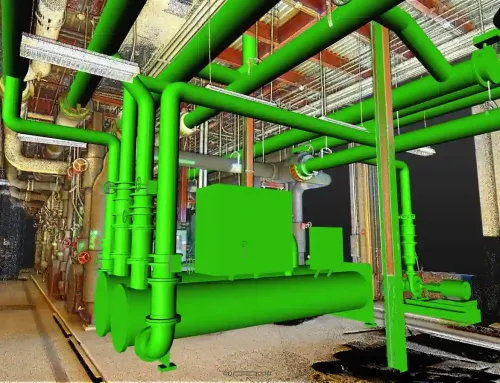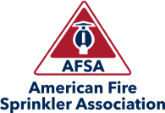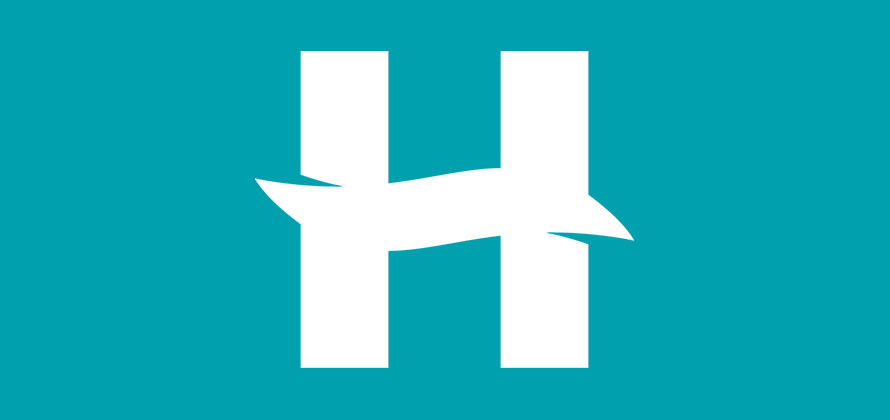
In 1874, Henry S. Parmalee installed the first practical automatic sprinkler head system, which he himself invented, in a piano factory that he owned. Sprinklers have been in use in the United States since then, and were most commonly installed in commercial buildings until the 1940s.
Today fire sprinkler systems have become a signature part of building codes as mandatory safety equipment that protects lives and property in hospitals, schools, hotels, and other public spaces. Automatic sprinkler systems are known to be highly effective and reliable elements of total system designs.
A network of piping that runs behind walls and through ceilings is what links fire sprinklers together in a system. For a wet pipe sprinkler system, this line is always filled with water that is under pressure and ready to spray if a fire starts. Each sprinkler head protects only the area beneath it and can only be activated individually, in response to extreme heat. Smoke cannot activate a fire sprinkler, so the chance of one going off accidentally is very small.
You can easily tell if you are in a well-protected building by looking up to check for fire sprinkler heads spaced along the ceiling or wall. According to the NFPA, “When sprinklers are present, the chances of dying in a fire and the average property loss per fire are both cut by one-half to two-thirds, compared to fires where sprinklers are not present.” Because of their success in saving lives and property, the usage of sprinkler systems is still increasing for most types of property.
At Howe, we offer a complete line of fire protection services for commercial, industrial and residential properties including: design, system installation and routine maintenance. Our experienced fire protection technicians are trained to plan, install and service any new or retrofitted fire sprinkler system to NFPA standards. Call us today to discuss your fire protection needs at your current building or new construction project.

